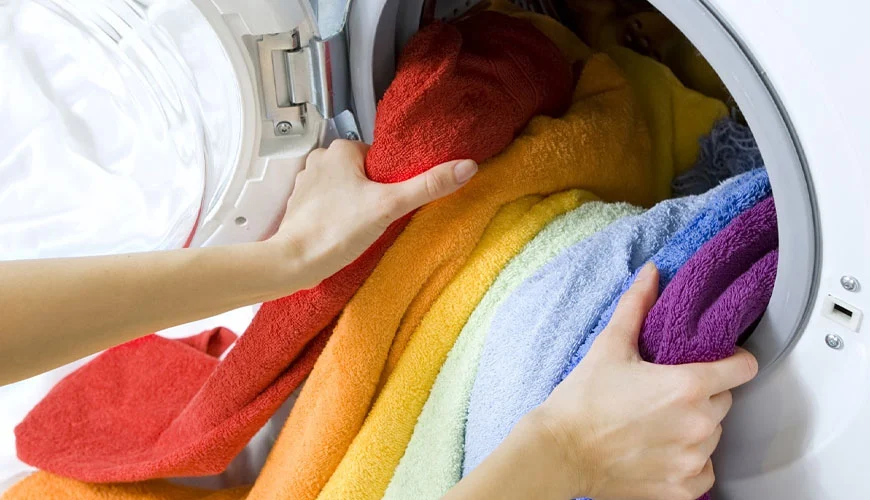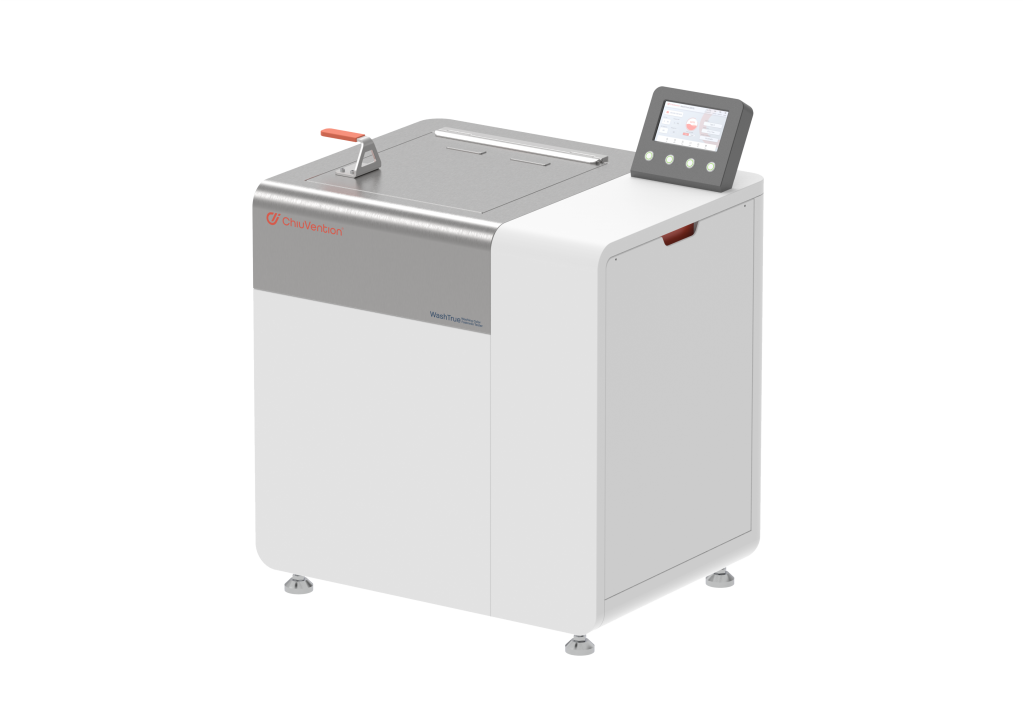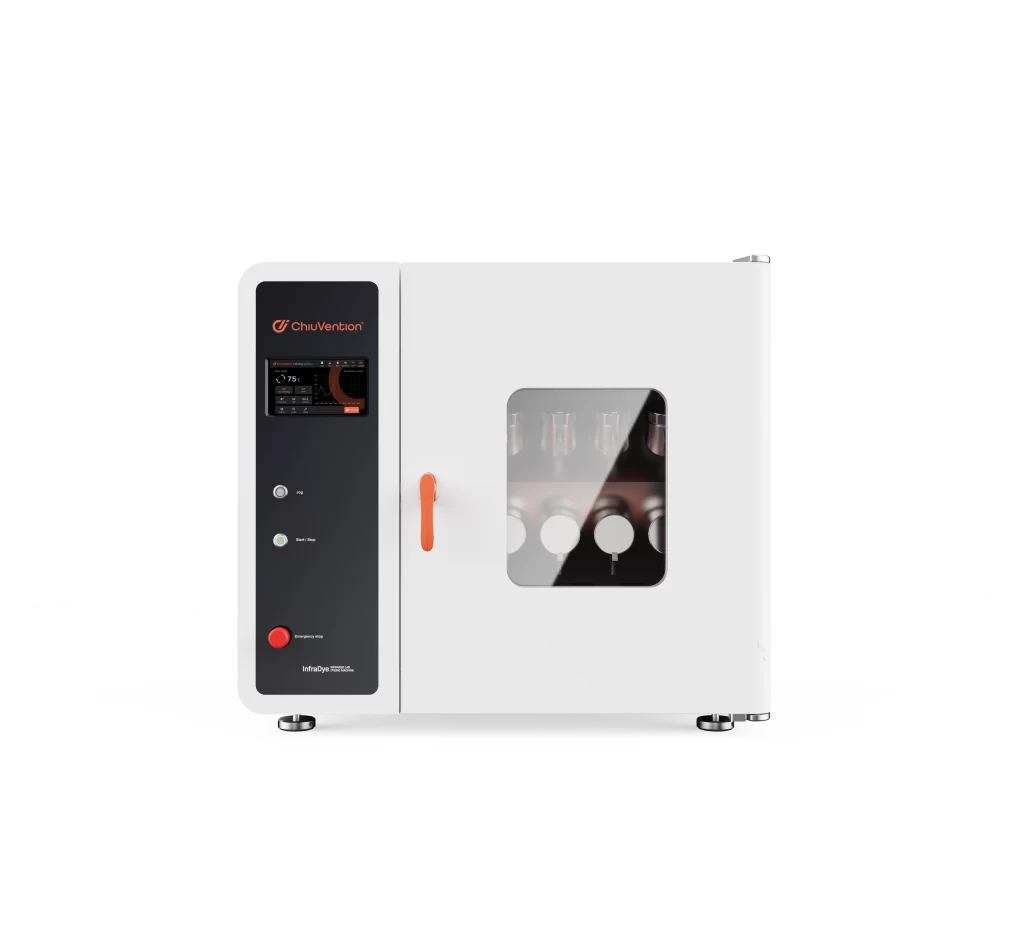Clothing comfort balances body heat and moisture in various environments and activities. It achieves balance.…
The Dyeing of Textiles is Always not Qualified? Check the Post-finishing Process!
Table of Contents
Influence of conventional finishing on fabric color
Post-finishing is the last process of the dyeing and finishing process, mainly related to processing the blank fabric into finished fabrics to meet the needs of various customers, then the factory can provide qualified garment fabrics. For color-woven fabrics, the production process includes: burning, desizing, mercerizing, washing, shaping, adding color, pilling, grinding, ginning, resin, coating, and pre-shrinkage process. Some of these finishing processes will have an impact on the textile dyeing effect. Come and learn about it!
Burnishing: mainly to burn off the cloth surface fluff, so that the cloth surface is smooth. It has little effect on the color of the cloth.
Desizing: through the action of enzymes and high-temperature washing to remove the paste on the blank. It has little effect on the color of the cloth, but we need to pay attention to the effect of whitening agent staining on the color of some white cloth when desizing at high temperatures.
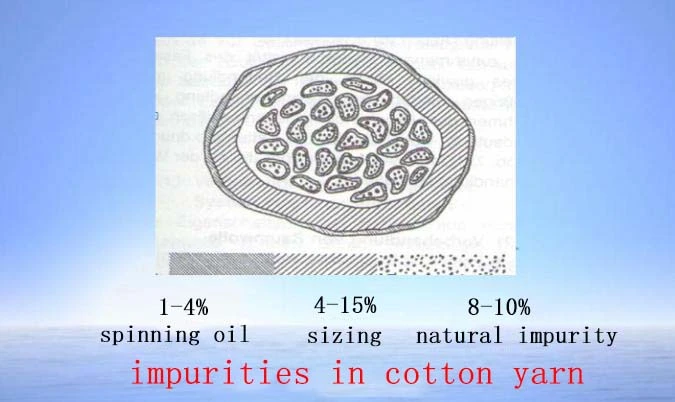
Mercerization: mercerization is the use of concentrated alkali on cotton fibers to increase the luster, strength, and so on. Usually, the fabric color is dark, and with the increase of mercerizing alkali concentration, the fabric color’s dark degree also increases.
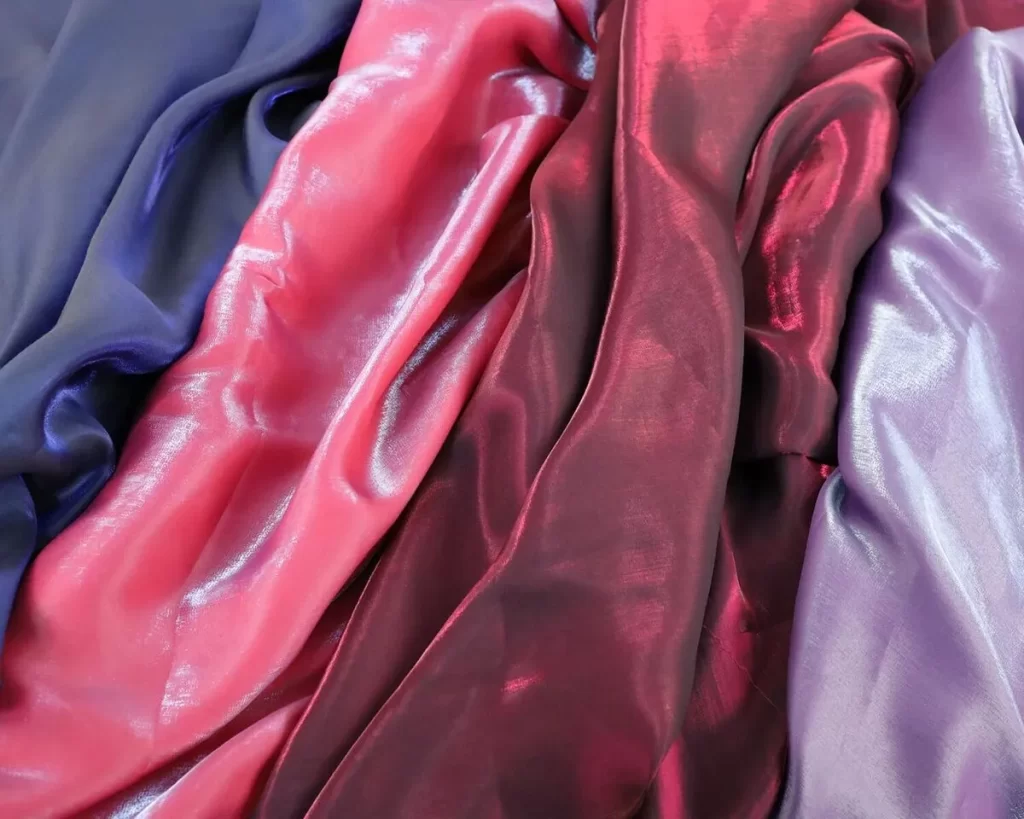
Washing: For fabrics containing blue dyes, the washing fastness of the dyes decreases by the action of alkali after mercerizing, to ensure the washing color fastness of the finished products, the washing process needs to be done after mercerizing. It can be seen that the blue dye fabric will be light blue after washing.
Soft fixing: Some softeners will form a film on the surface of the fabric, and thus have a certain increase in color depth effect, but the difference is not obvious. In addition, if the sublimation fastness of dispersed dyes is not good at high temperatures, it may be due to the migration of dyes to the surface layer and affect the color gloss and fastness.
Color addition: For the net color or nearly net color cloth with a big difference between the cloth surface color luster and standard, the color luster can be adjusted by volume dyeing.
Pre-shrinkage: Pre-shrinkage is the method to make the fabric shrinkage rate conform to the customer’s requirement through mechanical action, which has little effect on the color.
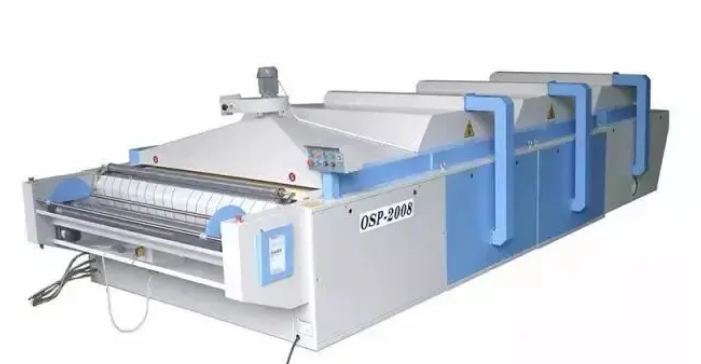
The effect of cloth surface with alkali on finishing
Due to the gradual rise of water costs, cotton, and other cellulosic fiber fabrics are more likely to occur on the semi-products of blank fabrics with alkali phenomenon before the dyeing and the finishing, and even in the finished product, the fabric pH value is more than 8 also occurs from time to time, and some even more than 9; which often occurs more frequently on continuous long car ginning and dyeing production line than the intermittent immersion and dyeing mode.
The semi-products of blank cloth with alkali phenomenon after dyeing and before post-processing will have a greater adverse effect on varieties of additives of post-processing and post-finishing, such as some of the reactive dyes that do not resist alkali hydrolysis dyed textile products, a few months later the fading and discoloration will occur due to the cloth surface with alkali.
These problems are only revealed in the post-processing and post-finishing, which makes it difficult to find the cause of the problem, and it is easy to mislead misjudge, and focus on the post-processing and post-finishing aids.
The impact of some post-treatment additives
Post-treatment refers to the washing, soaping, and color fixing (or cross-chaining agent treatment) that comes after the dyeing. For reactive dyestuff dyeing, in order to reveal the stability of the real dyeing color, soaping is needed to sufficiently remove the floating color. Fixing is to enhance the color fastness and change other intrinsic quality indicators, although some color fixing agents will produce a certain shift in the hue and color light, this should be considered in advance during the sample preparation, and increase the color fastness is the first purpose of fixing.
However, some commonly used important color-fixing agents, and crosslinking agent species, most of them are suitable working for the bath pH value of 5 to 6.5 in the weak acidic; in the alkaline medium, the higher the pH value the worse the effect on a certain alkalinity, and even precipitates will precipitate.
Poor working conditions, will not get the desired effect, so the color fastness and other indicators can not be enhanced. At this time, even if you increase the amount of color-fixing agent or cross-chaining agent, color fastness enhancement is not obvious, so it also loses the significance of increasing the amount of additives.
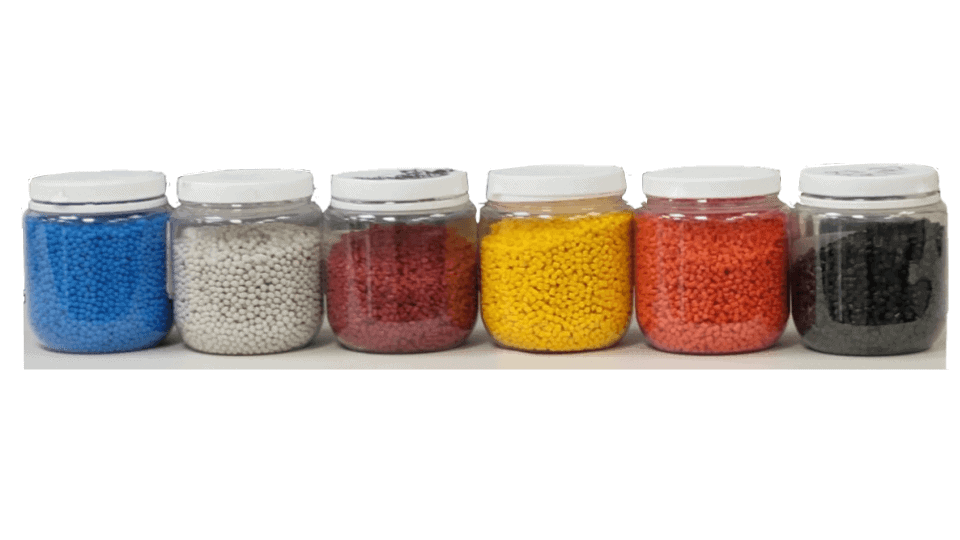
Influence of auxiliaries in post-finishing
Post-finishing is the last part of the dyeing and finishing project. It is important for the expansion of textile function and the high quality of textile.
Some important auxiliary varieties in post-finishing, such as silicone softeners, non-iron resin finishing agents, etc., also with the color-fixing agent, cross-linking agent class auxiliaries have a similar situation, they all need to be processed in a weakly acidic bath. The difference is that the silicone softener taboo is not an alkali agent that can directly destroy the fiber-soft silicone oil, but the emulsification of the softener can produce an emulsion effect. Pure silicone oil can not be used directly on the textiles, it is necessary to use the method of emulsification, made of silicone oil content is generally 10 ~ 15% of the emulsion (or microemulsion), to become a truly available commercial softener.
Alkali on the emulsification of the softener can produce an emulsion, so that the emulsifier failure and precipitation of silicone oil, with the advancement of time, the separation and precipitation of silicone oil point, after many times and then gathered, and the formation of larger diameter droplets, and in serious cases, there will be the phenomenon of oil bleaching. With the separation of this precipitation of silicone oil, stained to the fabric, it will form oil spot defects. More seriously, with the combination of silicone oil and fiber, such defects peeling and repair is quite difficult, so you should prevent this in advance.
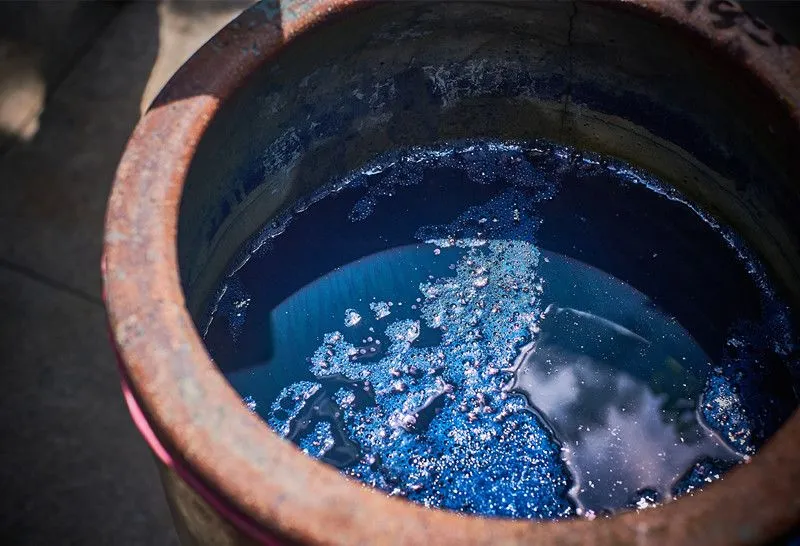
On the other hand, in the non-iron finishing resin, make use of more acidic catalytic conditions to ensure that the pH value of the rolling working bath is in the prescribed range.
Most of the post-finishing projects, basically use the rolling car dip rolling continuously, its advantages are high efficiency, speed, and almost close to 100 percent of the utilization of raw materials. If the semi-product blanks with alkali, it will have a cumulative effect on the working bath in the rolling tank, so that the pH value of the working fluid gradually rises. Therefore, often at the beginning of the just drive, there is no problem, after 2000 ~ 3000m, problems appear, and more and more serious. It is easy to produce a misjudgment. If you only check the reasons from the auxiliary, you still can not solve the problem.
Most items of Post-finishing, their firmness, and durability are very good, which makes it very difficult to compensate for the occurrence of the defects, so compared with the post-treatment problems, the consequences are more serious.
Prone factors that cause alkali on cloth surface
Cellulose fiber in pre-treatment, as well as dyeing, is carried out in the working bath of higher pH value. Due to the role of caustic soda, soda ash, and other alkali agents, cellulose fibers have a great deal of directness (affinity), coupled with cellulose fibers have very good water absorption, so the fibers have been fully penetrated on the adsorption of alkali. You need massive of water to wash those alkali, which in addition to a large number of cold water, but also need to use hot water, and sometimes to be neutralized to cooperate with the acid and alkali. As the alkali process of water consumption, energy consumption, and removal efficiency, is a proportional relationship, so pre-treatment and dyeing is also a major part of water and energy consumption. This is decided by cotton and other natural cellulosic fibers and alkali performance characteristics, so far, the fabric dyeing and finishing process is also inseparable from the alkali agent.
Mechanical equipment, also directly determines the working mode of the washing efficiency, different washing methods, such as immersion, spray, backwash overflow, shock (ultrasonic), etc., have different varieties of adaptability, and different types of equipment washing efficiency effects are different. For washing equipment, both the requirements of saving water, and steam and can have a good cleaning effect are in need. However, there is a certain contradiction between the two. For the net washing of fibers to alkali, ensuring product quality is its basic principle. Otherwise, if defects occur and then corrected later, not only the results are poor but also lead to greater consumption and waste of water, energy, and other raw materials. Ensuring success in one shot is one of the most fundamental measures to save water and energy.
WashTrue Color Fastness to Washing Tester
Water and energy saving in dyeing and finishing is a long-term goal.
First of all, the design of machinery and equipment should be considered to meet the the requirements of dyeing and finishing process as far as possible. From the purpose and target of its design, and the working principle of equipment operation. As for the efficiency of cleaning and washing, the effect of water, and energy saving, the conclusion is reliable only after the use of large-scale production. The process plan for dyeing and finishing application must also be based on the performance characteristics of the equipment to develop a suitable targeted process. Therefore, the dyeing and finishing personnel in addition to the understanding of the nature and performance of the relevant chemical raw materials, also need to understand the equipment. Reasonable technology programs and processes can ensure washing efficiency but also make it possible to reduce the number of washing and process times.
InfraDye Infrared Lab Dyeing Machine/Fabric Sample Dyeing Machine
The pH value of the cloth surface of the dyed semi-products (including the final dyed product) after dyeing and before post-treatment shows fluctuating changes even in the same production. Generally speaking, the defects in mechanical equipment and process design will be batch in nature once the problem occurs, while the problems occurring in operation and on-site management will be dynamic changes. Therefore, this is also a key point of concern in management.
After long-term observation, you will find that water washing and pre-treatment processes have similar problems, with a certain seasonal cycle, in winter the weather temperature is lower, and the fluctuation is particularly frequent.
The water temperature has an obvious influence on the dissolution of chemical raw materials such as alkali (including additives), so the clean washing work can not lack hot water. It can be seen that some liquid additives, there are many varieties in the summer are very easy to flow thin solution, it is easy to turn into a uniform working fluid, but the same additives in the winter, it will become a high viscosity thick, difficult to work. Correspondingly, when it comes to cleaning, the cleaning water with different water temperatures will not have the same cleaning efficiency.
Soda ash even in summer, with room temperature cold water material is easy to absorb into the crystalline water molecules and then generates the solid old alkali precipitation that is hard to dissolve in low-temperature water when the material with 50 ~ 60 ℃ or above the hot water, it will be dissolved sufficiently and will not be generated by the old alkali.
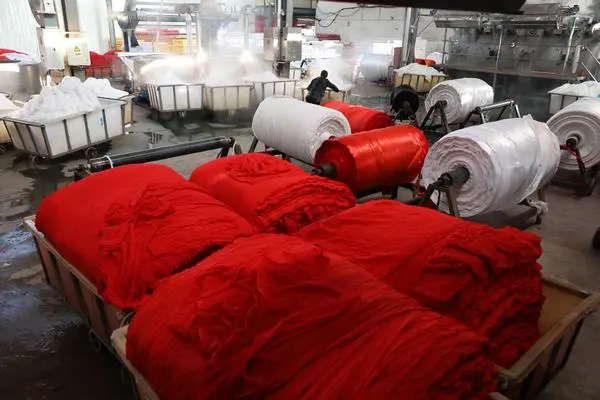
In winter, the temperature of cold water is very low, and if the water temperature of washing and the number of times cannot be differentiated, the net washing efficiency will naturally decrease accordingly. Since hot water is far more permeable to cellulose fibers than cold water, it is said that “the cheapest penetrant is hot water”. Since hot water improves solubility and also promotes penetration, it further enhances and strengthens the cleaning basis for alkaline agents. Therefore, it can be seen that similar defects in the pre-treatment, that is related to the poor chemical raw materials and washing, and those also in the winter are prone to occur more often.
Therefore, if the front-line operators do not know enough about the washing problem, think that water washing is not important and treat it casually, and even think that it does not have much impact on the color. Then they will not pay attention enough to the water temperature, water volume, washing times, and other process parameters. At last, the dyeing effect will be affected.
Due to the long process of the fabric in the pre-treatment and dyeing, alkali agents in the fiber penetration and absorption adsorption have been extremely thorough, in the continuous rolling dyeing production line of blank fabric the tension is very great, and there is also a easy surface cleaning problem, especially for some high-density, heavy blank fabrics. In this regard, in addition to cleaning should be strengthened, neutralization treatment should also be carried out.
Another point to note is that, in addition to blanks, fiber types of variability, changes in water quality, equipment, and supporting facilities failure, are often possible objective phenomena, coupled with the implementation of the process and other subjective aspects of the impact, resulting in semi-products of blanks with alkali will also be dynamic. For this reason, on-site management of the rolling trough working bath pH value of the regular detection and correction should be the work of the daily process.
Post-finishing is not only related to the change of color before and after dyeing, and after dyeing, if there are no corresponding measures, it will result in pH with a non-normal range, causing quality problems. pH value is one of the key conditions of chemical reaction, so it is also listed as one of the four major process conditions in dyeing and finishing production. Dyeing half-products with alkali, and several negative effects of additives for post-treatment and post-finishing, although the mechanism of its impact is different, will produce similar problems.
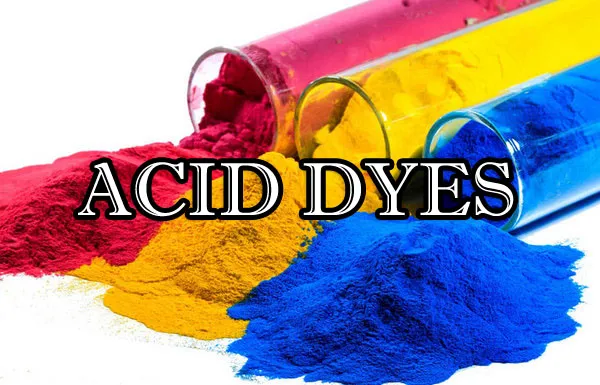
The causes of alkali on semi-product blanks, on the surface, of course, is the washing, but different washing machinery, process measures, and washing efficiency and its effect are inextricably linked. This problem may seem trivial, but the negative impact of the aftermath of the surface is very wide, many of the quality of the finished product dyeing problems are related to this, so we must pay full attention.
For more information on textile or textile testing methods/standard and testing machines, contact us:
What’s App: +86 180 2511 4082
Tel: +86 769 2329 4842
Fax: +86 769 2329 4860
Email: [email protected]

